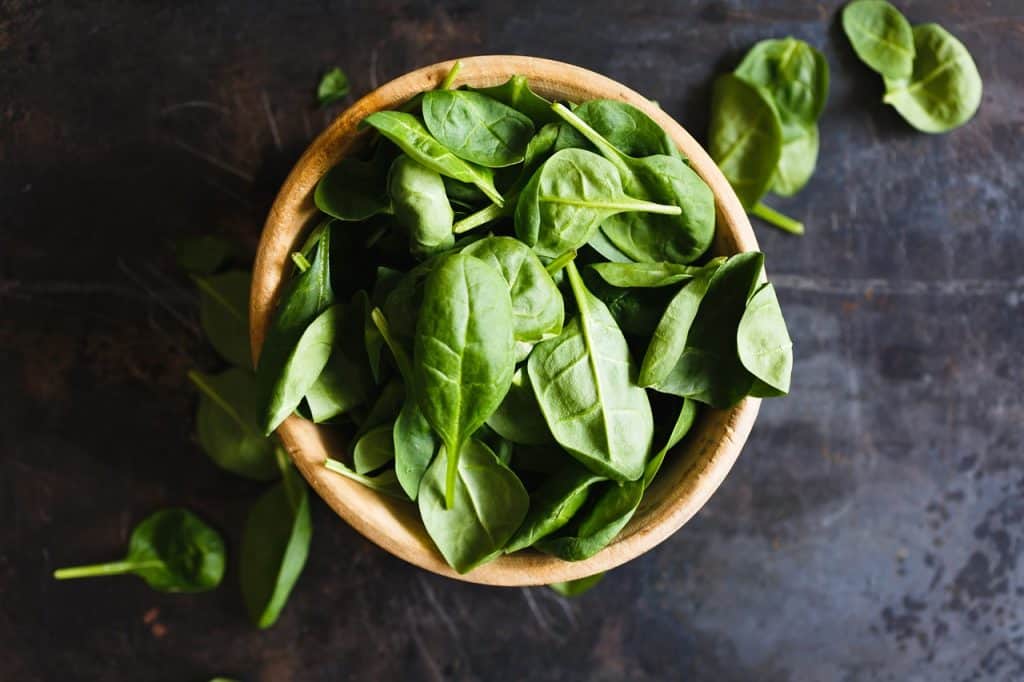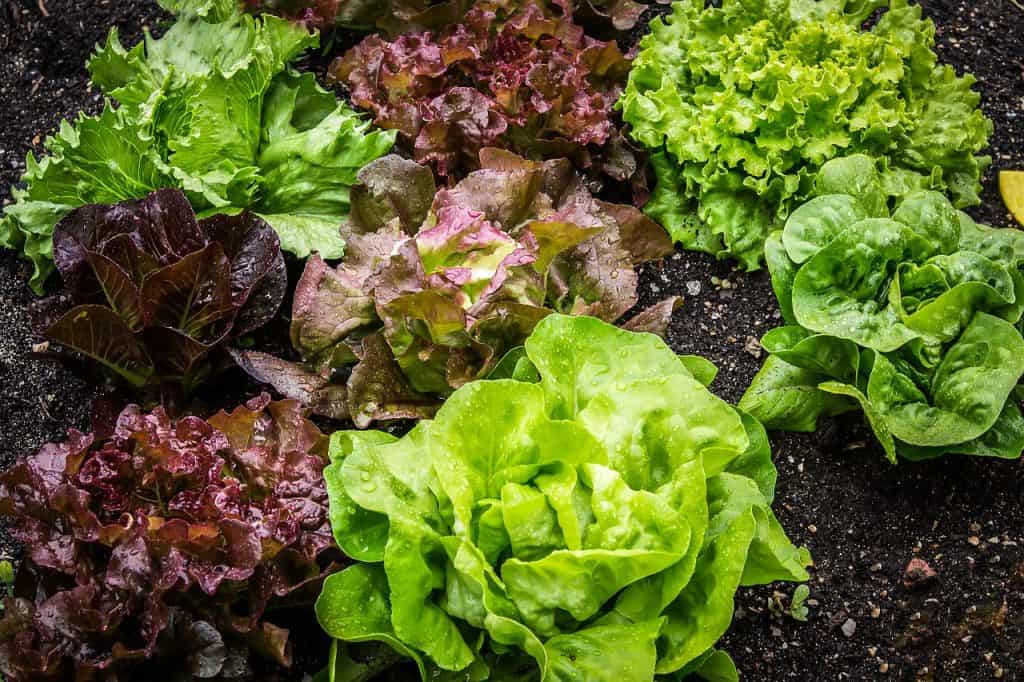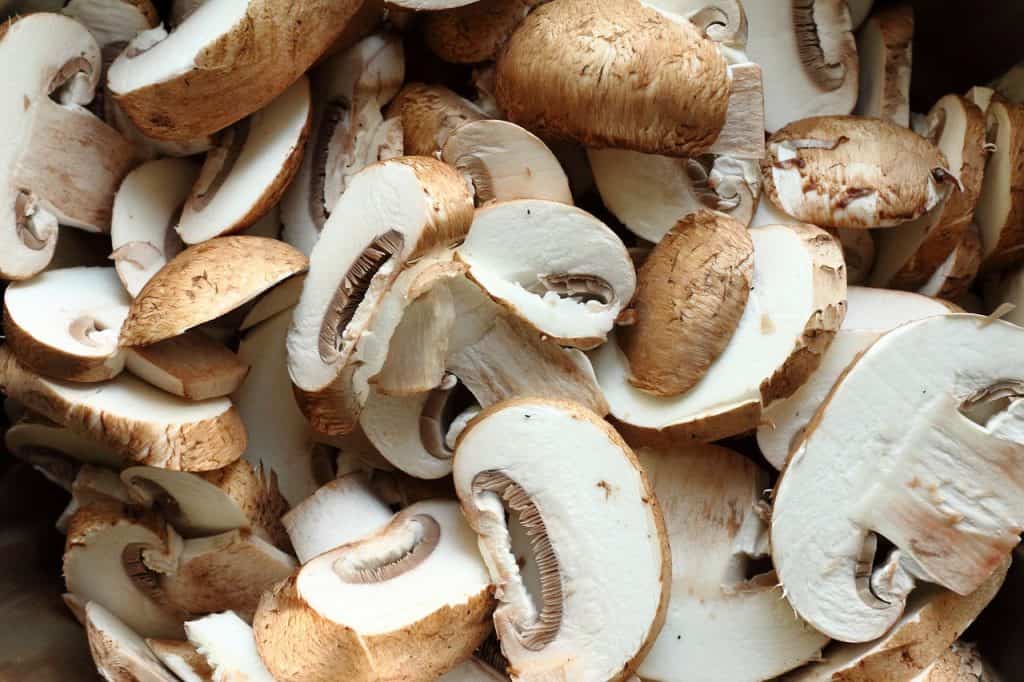
12 Best Edible Plants to Grow Indoors
Changes in seasonal weather conditions affect how you grow your plants. This is especially the case with edible plants. However, growing plants indoors allows you to cultivate your favourite seasonal vegetables year-round without worrying about unfavourable conditions that could destroy your plants. While the list of plants for indoors can be long, we have narrowed down our search to edibles only. This will not only ensure you cut down on food waste but will also give you year-long access to your favourite fresh-from-the-garden vegetables.
Whether you are a farmer or a semi-experienced gardener with little or no indoor cultivation experience, you will see how easy these plants are to maintain. From aromatic scallions to zesty peppers, read on to discover our top picks for the best plants for indoors.
A Few Tips for Growing Edible Plants Indoors
- Be sure your plants have good drainage. You can pile stones at the bottom of your pots before adding your soil mix, or use pots with holes.
- Prepare or purchase a potting soil mix appropriate for indoor edible plant cultivation.
- Provide your plants with the right amount of exposure to light. LED grow lights are a reliable alternative to natural sunlight. These artificial lights are preferred since they provide optimal temperature and light for your plants regardless of the indoor or outdoor weather conditions. This article has a great round-up of grow lights available on the market and how to choose the best one for your growing situation.
- If you need more tips for starting seeds indoors check out our full article on the topic.
1. Tomatoes
Tomatoes are among the best plants to grow indoors. These should be placed in the sunniest or brightest part of your indoor garden. Sow the seeds deep within the soil mix in the seed tray. Transplant the seedlings into a larger pot the moment they develop their first four true leaves. You may grow your plants upside down if you do not want to stake them. Remember to pinch the small branch tips so as to induce flowering. You may also need to provide additional artificial lighting to boost growth and productivity. It is worth noting cherry tomatoes yield better under indoor conditions than larger tomato varieties. Read our article about growing organic tomatoes indoors.
2. Radishes
Among the top plants for indoors, growing radishes indoors is easy and rewarding, especially during winter. Within 25 days, the radishes will have developed into table-worthy tubers with a steady weekly back to back batch supply. They have a slightly spicy flavour that complements winter dishes.
Radish seeds need to be sowed 5” deep in your potting mix. Cover with plastic foil until the seedlings sprout. When the cotyledons appear, you can move your plants to a spot where they can access light. Thin the plants when they develop between three and five true leaves.
3. Bell Peppers
Bell peppers perform well under adequate lighting conditions. Their yields increase if they are cultivated in a rich potting mix with sufficient drainage. Trigger bushy growth can by pinching the growing tips. This later translates into good fruit sets.
4. Peas and Beans
Consider cultivating peas and beans if your indoor conditions have ample light. The pod yield will be good if you plant bush beans which do not require any staking or support. Harvesting peas and beans is considerably easy.
5. Potatoes
Growing potatoes indoors requires large plastic bags. The bags must be filled with the right potting mix before you can plant your potatoes in them. Ensure your plants get a minimum of 5 hours of exposure to light each day for satisfactory yields. Baby spuds from your plants can be cooked as you anticipate tuber maturation.
You will need to plant several plants if you want to harvest enough for a dish. Choose potato varieties known for high yields.
6. Carrots
Plant your carrots in deep pots with good drainage and loose soil. In addition to giving you a steady supply of food, the fern-like, feathery greens are delightful interior decorations for your home. Provide 4-5 hours of grow light or sunlight to ensure a good harvest. However, if you compromise the quality and quantity of light, your plant roots will develop for longer.
For indoor cultivation, select round carrot varieties and plant the seeds with considerable distance from each other to allow adequate room for root development. Cooler spots will give you sweet-tasting carrots. Carrots are ready for harvest the moment you see their tops above the potting mix.
7. Spinach
Just like in outdoor cultivation, spinach grown indoors does well under partial shade. Be sure to replicate this shade in indoor cultivation for a continuous leaf supply. Expose your spinach plants to sunlight or a LED grow light setup for a maximum of 4 hours on a daily basis. You should grow spinach in a cool area to avoid bolting.
8. Lettuce
While many different lettuce varieties do well grown indoors, the loose leaf varieties are our recommendation. All lettuces require optimal exposure to dappled light for 3 to 4 hours. For a continuous harvest, pick only the outer leaves. Lettuce needs to remain moist so be sure to water frequently.
9. Swiss chard
Expose your Swiss chard plants to light for 4 to 5 hours a day to develop long rainbow-colored stalks. While indoor cultivation will give you smaller plants, your stir fries and salads will be bold and beautiful with these plants growing through the dark winter. You will also love the colourful ambience they add to your home.
10. Arugula
As a salad green with a sharp taste, Arugula’s yield is better when cultivated indoors. This plant grows more when you cut it, giving you a continuous leaf supply. Avoid warm spots, so this cool-season plant offers an extended harvest with little bolting. Unlike lettuce, arugula doesn’t like to be over-watered.
11. Scallions
Scallions are part of the bunching onions family, grown for their leaves. When cultivated indoors, their greens can be snipped off for use. Scallions can be planted from in-season sets or seeds. You can also use the small scallion bulbs available in shops to develop new plants. Ensure your pot is wide and deep since your onions will grow deep roots as their clump sizes increase quickly. Further, you should be sure to use a potting mix with good drainage. Water your plants frequently for maximum yields.
12. Mushrooms
Mushrooms are exciting to grow indoors. Use ready-made kits for simple oyster or button mushroom cultivation. Water the growing medium as instructed and keep your plant in cool and dark conditions for the best development.
Have you learned any indoor growing tips? We would love to know your favourite vegetables to grow indoors. Feel free to share in the comments section below.











